Table of Contents
The Essential List of Herbs and Spices
Here's a curated list of common and exotic herbs and spices every cook should know. These ingredients transform simple meals into culinary masterpieces.
Common Herbs
- Basil – A staple in Italian cuisine, it adds a fresh, sweet, and slightly peppery flavor to dishes like pasta, pizza, and salads.
- Oregano – Often used in Mediterranean and Mexican cooking, oregano has a robust, earthy taste that pairs well with tomatoes and meats.
- Parsley – This bright green herb is used as a garnish but also adds a mild, slightly peppery flavor to soups, stews, and sauces.
- Cilantro – Known for its citrusy, slightly soapy flavor, cilantro is a key ingredient in many Latin American and Asian dishes.
- Mint – With its refreshing and cooling effect, mint is great for teas, cocktails, and desserts.
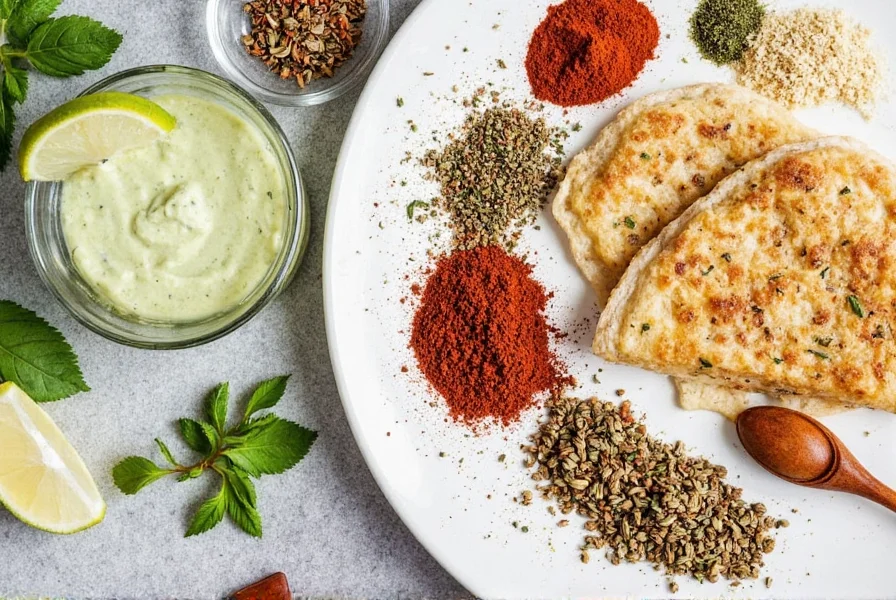
Common Spices
- Cumin – A must-have in Indian, Middle Eastern, and Mexican cuisines, cumin has a warm, nutty, and slightly smoky flavor.
- Cinnamon – Used both in sweet and savory dishes, cinnamon adds a sweet, woody aroma and flavor.
- Paprika – Available in sweet, smoked, and hot varieties, paprika brings color and a mild to spicy kick to dishes.
- Ginger – Fresh ginger has a sharp, spicy, and slightly sweet taste, while ground ginger is more mellow and earthy.
- Garlic Powder – A convenient alternative to fresh garlic, it adds a strong, pungent flavor to seasonings and marinades.
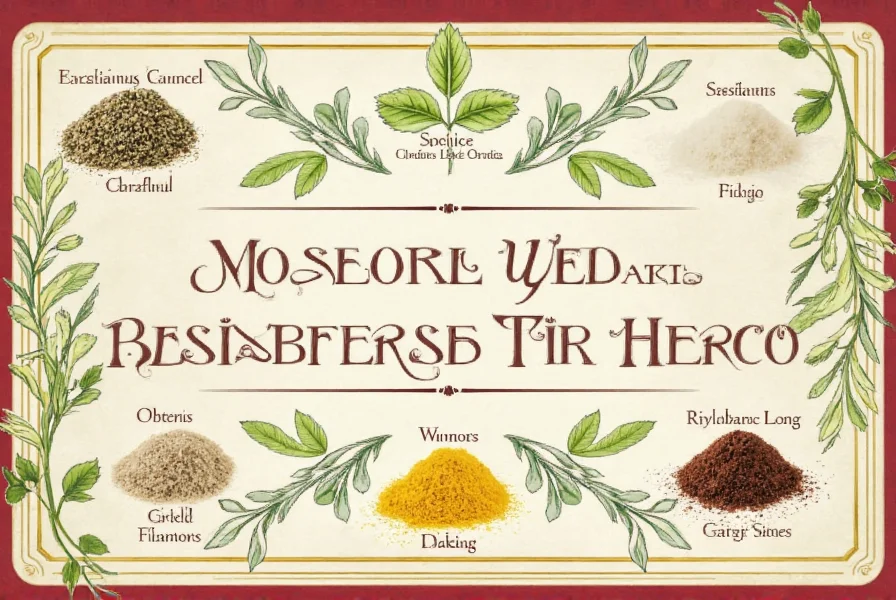
Exotic and Unique Spices
- Saffron – One of the most expensive spices in the world, saffron adds a delicate floral flavor and golden hue to dishes like paella and risotto.
- Nutmeg – Often used in baked goods and sauces, nutmeg has a warm, sweet, and slightly spicy flavor.
- Allspice – Named for its flavor resembling allspice, it's used in Caribbean and Middle Eastern cooking.
- Anise – With a licorice-like flavor, anise is used in both sweet and savory dishes, especially in European and Middle Eastern cuisines.
- Star Anise – This star-shaped spice has a strong, aromatic flavor and is often used in Chinese and Vietnamese cooking.

Practical Tips for Using Herbs and Spices
- Use Fresh Over Dried: Fresh herbs generally have a more vibrant flavor than dried ones. Whenever possible, use fresh herbs like basil, cilantro, or parsley.
- Toast Spices Before Use: Toasting whole spices like cumin, coriander, or cardamom before grinding them enhances their aroma and flavor.
- Balance Flavors: Don't overdo it with any one spice. Balance sweet, salty, sour, and spicy elements to create a harmonious dish.
- Store Properly: Keep herbs and spices in airtight containers away from heat, light, and moisture to preserve their potency.
- Experiment: Don't be afraid to mix and match. Try combining different spices in small amounts to discover new flavor profiles.
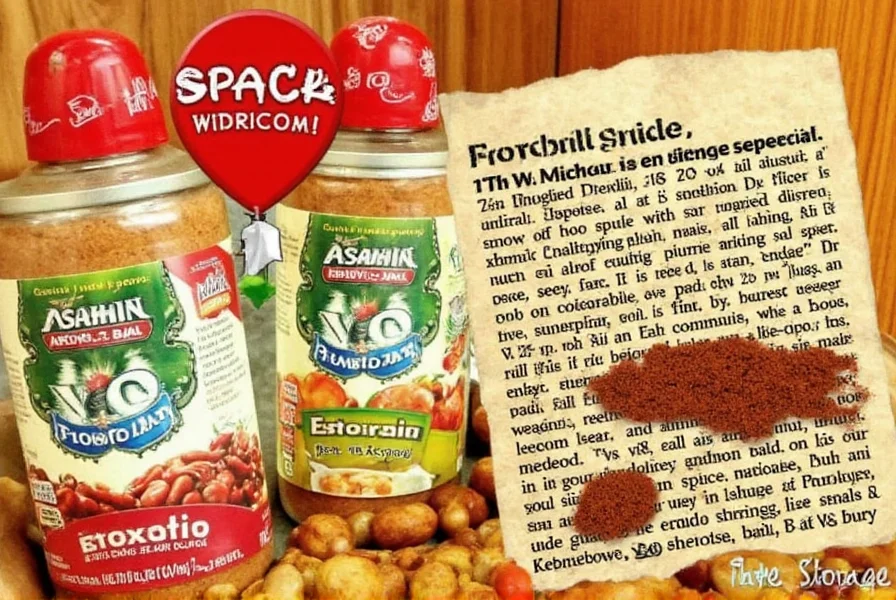
Buying Guide: How to Choose the Best Herbs and Spices
Herbs: What to Look For
When buying herbs, whether fresh or dried, look for the following:
- Fresh Herbs: Choose vibrant, crisp leaves without any wilting or yellowing. Basil, cilantro, and parsley are best when bought in bunches.
- Dried Herbs: Opt for high-quality, finely ground or whole herbs. Avoid those that have lost their color or smell weak. Look for brands that clearly label the origin and harvest date.
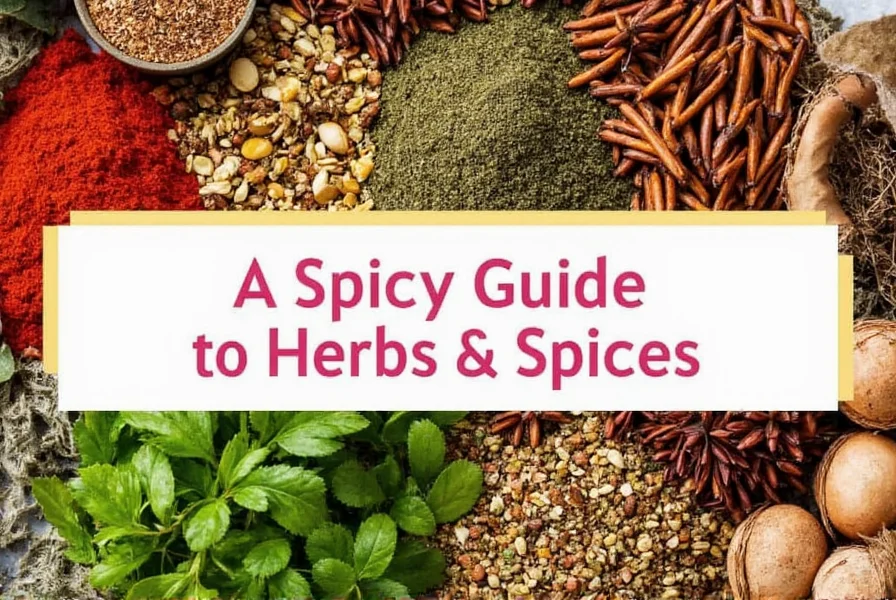
Spices: Key Features to Consider
Spices can vary greatly in quality and flavor. Here's what to keep in mind when purchasing:
- Whole vs. Ground: Whole spices (like cinnamon sticks, cardamom pods, or cloves) tend to last longer and retain their flavor better than pre-ground versions.
- Origin and Quality: Spices from reputable regions (like Ceylon cinnamon from Sri Lanka or Kashmiri chili powder) often have superior flavor and aroma.
- Shelf Life: Spices can lose potency over time. Check expiration dates and store them properly to maintain freshness.
Here are some recommended products based on different use cases:
Best for Everyday Cooking
- McCormick Ground Cumin – A reliable, flavorful option for everyday recipes. Great for tacos, curries, and roasted vegetables.
- Lawry's Seasoned Salt – A versatile seasoning blend perfect for grilled meats, soups, and snacks.
Best for Exotic Flavors
- Saffron Threads (Bloomfield) – High-quality saffron threads that add a rich, golden color and delicate flavor to rice dishes and stews.
- Penzeys Star Anise – Perfect for Asian and Indian recipes, this star-shaped spice offers a strong, aromatic flavor.
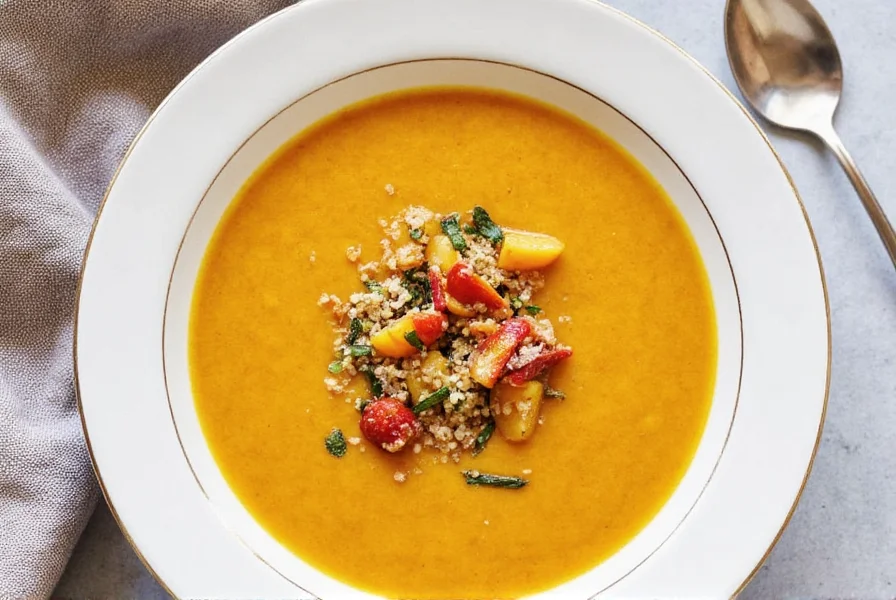
Frequently Asked Questions About Herbs and Spices
What's the difference between herbs and spices?
Herbs generally come from the leafy parts of plants (like basil, parsley, and cilantro), while spices come from other parts of the plant such as seeds (cumin, coriander), roots (ginger, turmeric), bark (cinnamon), or flowers (cloves). Herbs are typically used fresh, while spices are usually dried.
How long do herbs and spices last?
Dried herbs typically maintain their best flavor for 1-3 years, while ground spices last 2-3 years. Whole spices can stay fresh for 3-4 years. Fresh herbs last about 1-2 weeks in the refrigerator. The best way to check is by smelling them - if they've lost their aroma, they've likely lost their flavor.
Can I substitute dried herbs for fresh ones (and vice versa)?
Yes, but with adjustments. As a general rule, use 1 teaspoon of dried herbs for every 1 tablespoon of fresh herbs called for in a recipe. Dried herbs are more concentrated. When substituting fresh for dried, use about three times the amount of fresh herbs.
What's the best way to store herbs and spices?
Store dried herbs and spices in airtight containers away from heat, light, and moisture. A cool, dark cupboard is ideal. Avoid storing them above the stove where heat can degrade their quality. For fresh herbs, treat them like flowers - trim the stems and keep them in a glass of water in the refrigerator, covered with a plastic bag.
Which herbs and spices should I prioritize for my kitchen?
The most versatile starters include: salt and pepper (essential), garlic powder, onion powder, paprika, cumin, oregano, basil, and cinnamon. These cover a wide range of cuisines and applications.
Should I buy whole spices and grind them myself?
Whenever possible, yes. Whole spices retain their flavor longer and grinding them fresh releases more aromatic oils. An inexpensive coffee grinder dedicated to spices works well for home use. This is especially important for spices like cumin, coriander, and peppercorns.
Conclusion
From the essential list of herbs and spices to practical usage tips and a helpful buying guide, this article empowers you to explore the world of flavor in your kitchen. Whether you're looking to elevate your cooking or simply want to experiment with new tastes, herbs and spices are your allies.
So go ahead—grab a few new spices, try a new recipe, and let your taste buds travel. After all, the best meals are made with love, a little bit of creativity, and a dash of spice.
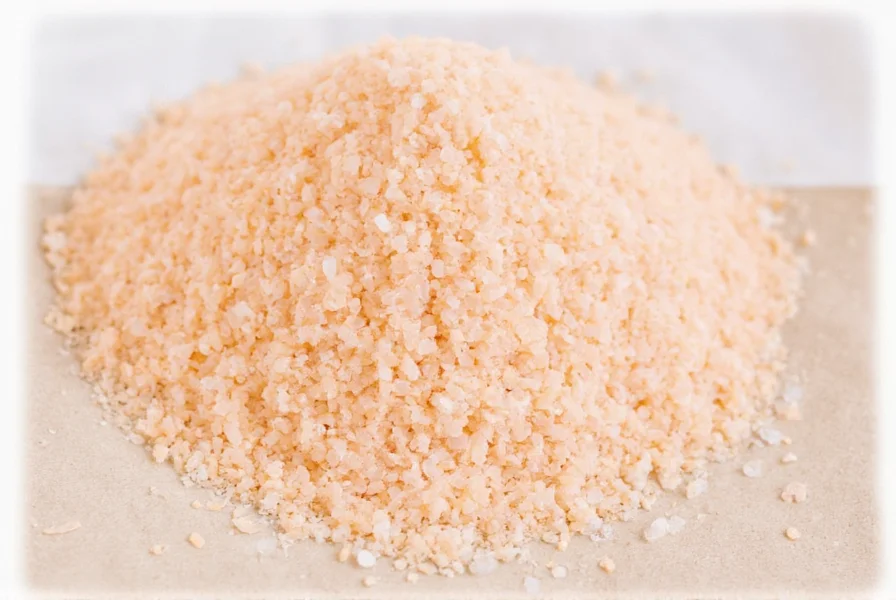

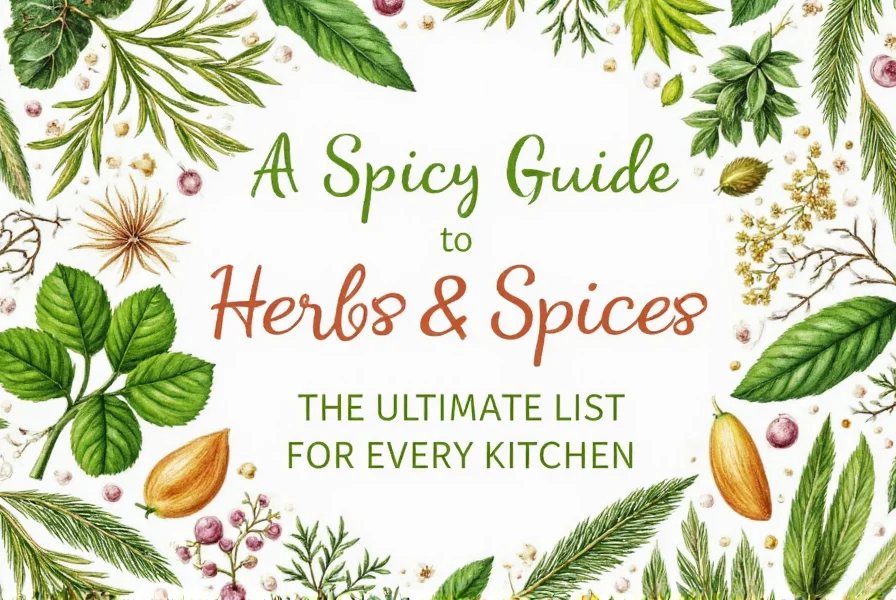









 浙公网安备
33010002000092号
浙公网安备
33010002000092号 浙B2-20120091-4
浙B2-20120091-4